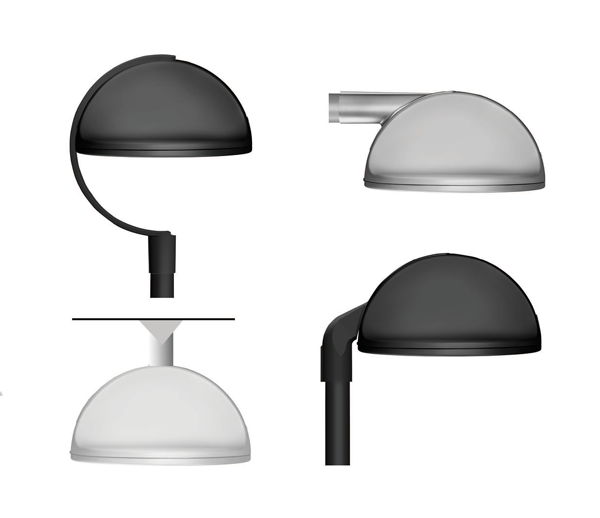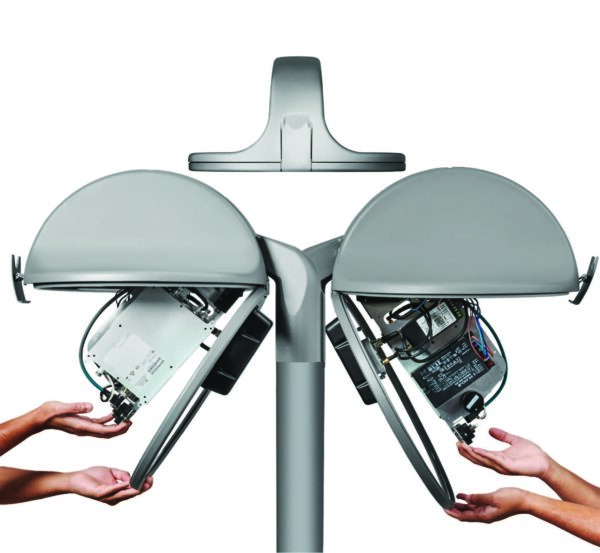Much of the Australian and New Zealand street lighting portfolio has been converted to LEDs. The focus is now shifting towards the more challenging category of decorative lighting. Ian Killick, General Manager of CLS, discusses the work his firm has been doing to prepare for the next phase of LED deployments.
What do we mean when we talk about decorative lighting?
“Decorative LED lighting encompasses a wide range of styles that have aesthetic appeal beyond normal street lights. They may have a historic or a modern look but what ties them together is that they are used in higher profile precincts. The lighting owner is typically looking to uphold high urban design standards in these key locations and increasingly, they want to be able to deliver a range of additional smart city functionality from their lights.”
Why is the focus now moving to decorative lighting?
“Most councils and many Distribution Network Service Providers (DNSPs) as well as many other managers of public lighting like universities, hospitals and private estates own decorative lighting. While a lot of the standard road lighting has been upgraded to LEDs, much less decorative lighting has been changed to LEDs at this point.
With the business case for LEDs now so overwhelmingly positive and the old lamp types being progressively discontinued, a lot of lighting owners are shifting their focus to tackling the upgrade of their remaining portfolio of decorative lighting. We’ve seen this shift coming for some time and have been preparing for it in our product development work.”
What has CLS been working on in this space?

“We’ve been working on a product called GYRO. One of the first basic challenges that GYRO tackles is that decorative lighting can be top, side, or bottom-entry. This product is modular in nature, with interchangeable spigots that suit a wide range of existing street lighting poles.
In terms of the lighting itself, we’ve developed a single product line that covers requirements from 12W to 150W, making it suitable for both Category P and Category V applications while keeping one consistent aesthetic. Across this wide range, we’re offering a variety of optics to suit different road types, pathways, public spaces and even pedestrian crossings. There are even internal shielding options for special applications where optics need to be tightly restricted.
Our maintenance approach for the GYRO is based on tool-less access and a removable gear tray. This means that servicing luminaires is quick and hassle-free, minimising disruption to urban environments.”
How does the GYRO integrate with smart city technologies?
“GYRO is designed with a smart node that can integrate with a variety of smart city technologies. This includes the GYRO+Traffic AI traffic monitoring system, which allows for future-proofing through seamless retrofitting of smart capabilities. This integration enables lighting owners to add features like traffic monitoring and data collection without needing to replace the entire lighting fixture.”
Can you provide an example of where GYRO has been successfully deployed?
“GYRO has gained significant recognition in New Zealand, particularly for its deployment at pedestrian crossings. This demonstrates its effectiveness in enhancing critical urban infrastructure and ensuring both safety and functionality.”
What are the next steps for CLS and the GYRO product line?
“We are actively collaborating with designers, DNSPs, local councils, ESG divisions, and smart city consultants to enhance LED streetlighting and smart lighting upgrades across Australia. Our goal is to meet local requirements efficiently and effectively through ongoing innovation and adaptation. If you’re interested in learning more or exploring how we can assist with your lighting needs, please get in touch.”














